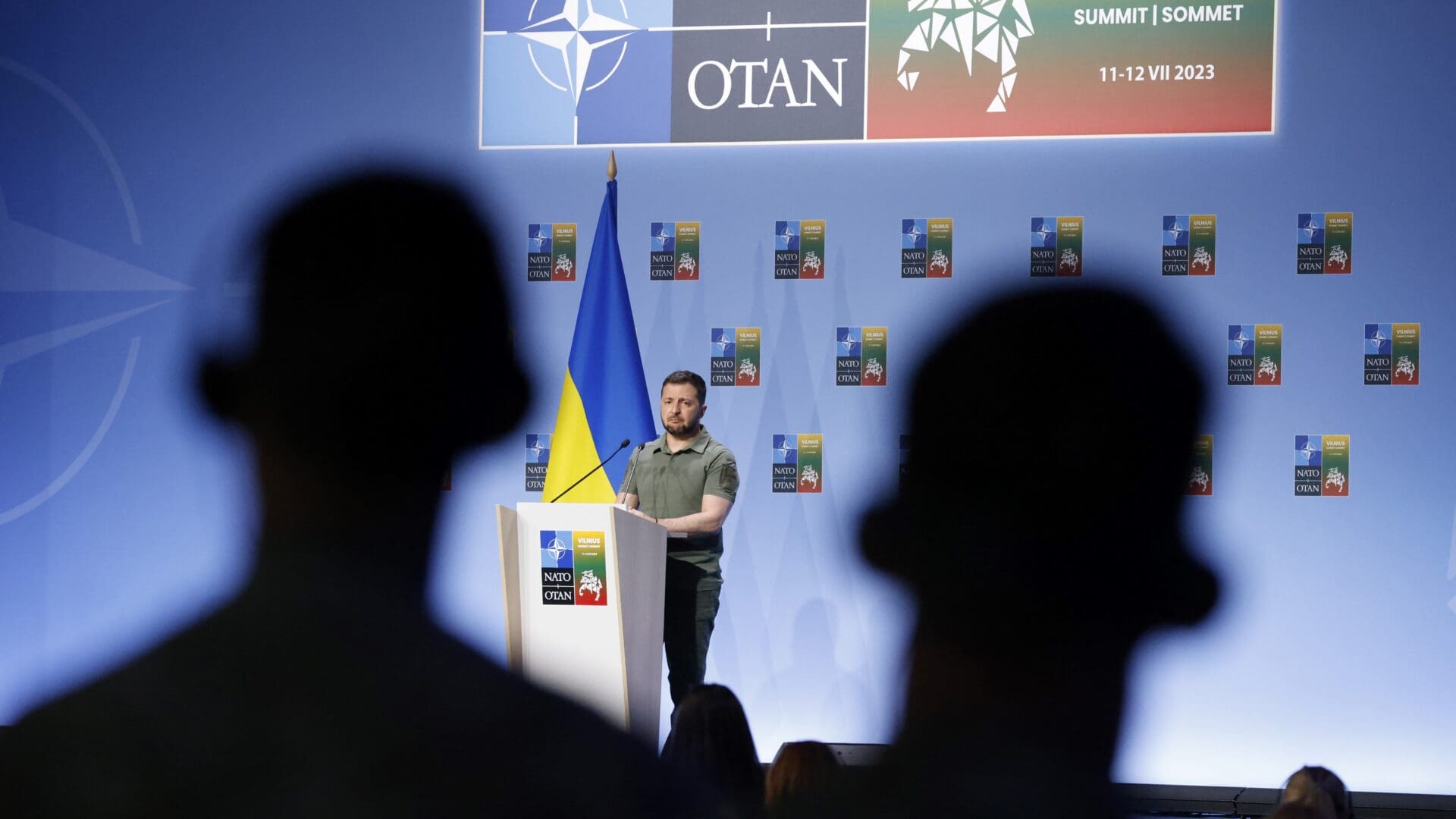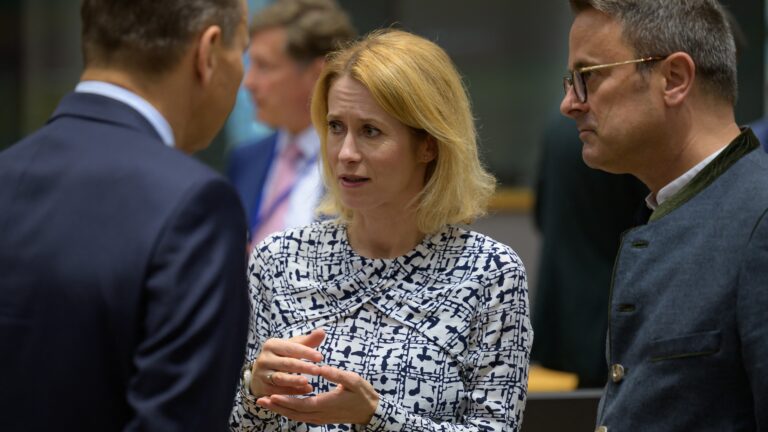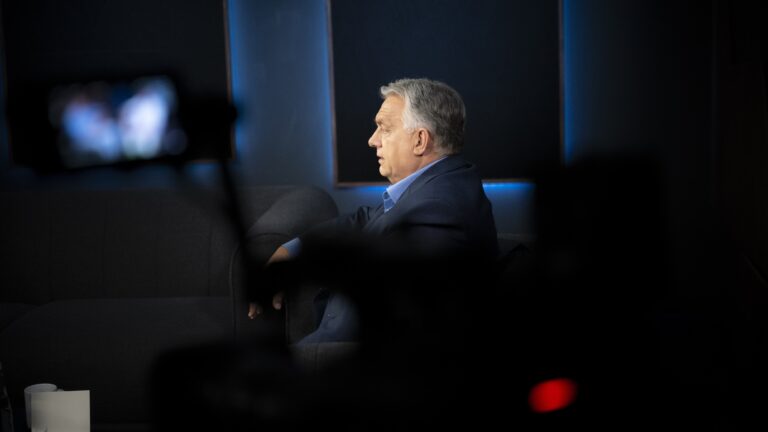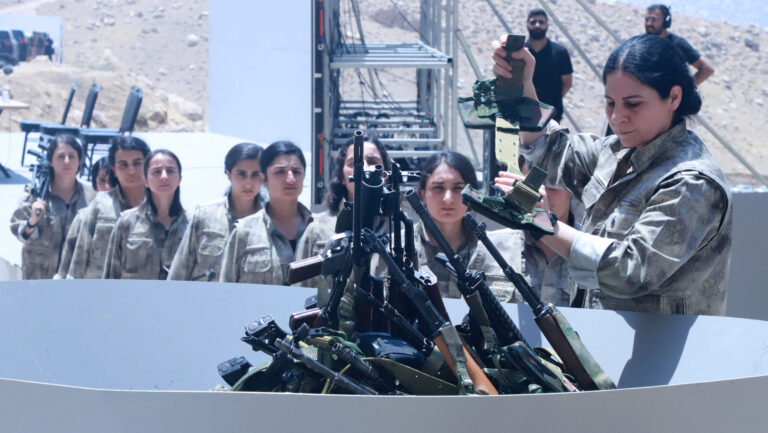Although Ukraine has been assured of continued support from leading NATO countries, the country at war still cannot see a clear path forward when it comes to accession. Turkey’s surprise move on the other hand could open the way for Sweden to join the alliance whose member states still underspend on defence. Key takeaways from NATO’s Vilnius summit.
What Did Ukraine Receive?
The heads of states and governments of NATO member countries attended the Alliance’s Summit on 11–12 July in Vilnius, Lithuania. Although NATO adopted one of the most ambitious strategies to defend Europe since the Cold War at the meeting, the most anticipated point of the summit was what the Alliance would promise to Ukraine that has been under siege from Russia for more than a year. In this regard, there were no big surprises. The United States and Germany had already revealed before the summit that Ukraine would not be invited to join the Alliance for the time being. While a final communiqué adopted by all member states declares that ‘Ukraine belongs to NATO’, it does not specify how or when it will achieve this. According to the text, Ukraine’s formal invitation can take place ‘when allies agree, and conditions are met’. Volodymyr Zelensky bluntly criticised the decision, calling it ‘unprecedented and absurd’ and slammed the fact that his country would still not be given an exact deadline or a clear path forward for joining the defence alliance.
Nevertheless, President Zelensky did not leave the summit empty-handed.
At first glance, the declaration of NATO wanting to see Ukraine as a member does not seem much more than what the country was already told in 2008. But the truth is that Ukraine has never been this close to joining the Alliance, which was indicated not only by the unanimous adoption of the closing communiqué, picturing Ukraine’s future within NATO, but also by the fact that Ukraine can skip the preliminary Membership Action Plan (MAP) that every other post-Soviet country had to undergo and negotiate defence issues as an equal partner in the established NATO Ukraine Council. That is certainly more than a silver lining for Kyiv.
In addition, the G7, the leading industrial countries of the world have also agreed on a long-term package of assistance to Ukraine that will provide tangible help to the beleaguered country both during and after the war, in military, political and economic terms. In doing so, the G7 have developed a consensual framework in which any country can bilaterally provide long-term assistance to Ukraine. In return, Kyiv has promised progress on democratic values and the rule of law, and a defence reform by increasing civilian control over its armed forces. Despite his initial frustration, President Zelensky seemed ultimately grateful for the promises the great powers made, calling them a ‘victory for Ukraine—for our country, for our people, for our children.’
By making somewhat vague promises to Ukraine,
NATO clearly wanted to avoid escalating the war and direct confrontation with Russia.
Thus, while NATO as an organisation is opting out of armed support for Ukraine, G7 military assistance will provide Ukraine with a sustainable, long-term aid package—including defence equipment, intelligence-sharing and expanded training programmes. In return, Kyiv has pledged political and social changes that promote its future NATO membership.
What must be frustrating for Kyiv is that, despite the increased unity over its future, NATO still seems reluctant to set a date for Ukrainian accession and has left itself enough leeway to decide it at a later date.
Turkey’s Unexpected Nod Stole the Limelight
One of the main surprises of the summit was Recep Tayyip Erdoğan’s move, who after long stalling announced that Turkey would finally take Sweden’s accession to its parliament. Following Russia’s offensive against Ukraine, Sweden and Finland signalled their intention to join the North Atlantic alliance, giving up decades of neutrality. While Finland’s accession took place in April this year, Sweden has faced an uphill struggle to become NATO’s 32nd member, after Hungary and Turkey both expressed reservations about the Nordic country’s membership over bilateral grievances. While Budapest has indicated that the issue of Sweden’s accession will be put before parliament in the autumn session, until recently, Ankara seemed adamant on the issue, citing security concerns, criticising Kurdish groups and Quran-burning in the country.
But the tables turned in Vilnius.
Behind Turkey’s veto override were months of backroom negotiations,
including with senior US officials, and possibly a quid pro quo agreement that would give Turkey renewed access to US military equipment, specifically F-16 fighters. Overcoming Recep Tayyip Erdogan’s opposition could open the way for Sweden to follow Finland in strengthening NATO’s northern flank and further proving the irony of Vladimir Putin having become NATO’s best recruiter in recent years.
Beyond the Headlines
While aid for Ukraine and the lifting of Turkey’s veto dominated the headlines on the Vilnius summit, the Alliance also took important measures for its own defence capabilities and strategy. First,
the Alliance adopted its first comprehensive defence plan since the Cold War.
In the wake of Russia’s full-scale invasion of Ukraine, the alliance has drawn up a plan that ‘will significantly improve its ability and readiness to deter and defend against any threats, including on short or no notice, and ensure timely reinforcement of all Allies.’ The new plans divide NATO’s geographical territory into three zones—the high north and Atlantic area, a zone north of the Alps, and another in southern Europe. The Alliance’s newly adopted plan aims to have up to 300,000 troops ready to move to its eastern flank within 30 days. To this end, NATO seeks to make it more transparent how many troops and what assets are available to its member states and how soon they can be deployed.
The evergreen topic of the member states’ insufficient defence budgets was also brought up in Vilnius. Although in 2006 NATO allies agreed to a target for defence spending of two per cent of their GDP, with 20 per cent of that budget allocated for the purchase of military equipment and reaffirmed this promise in 2014 again, most members still fail to meet these expectations. However, with Russia’s offensive in Ukraine, the reality of conventional war has returned to Europe, so the two per cent defence spending should be the floor rather than the ceiling for NATO members, it was echoed at the summit. According to NATO’s expectation, only 11 of its 31 current members will spend at least two per cent of their GDP on defence in 2023, while great powers, including Germany and France, are expected to reach that target only in the coming years. Spending is just one thing, of course, but another question is what equipment will be acquired by each country. Drawing on the lessons of the war in Ukraine, the choices should be made in such as way as to enable the Alliance to present a credible defence and deterrence capability in the Atlantic region.








